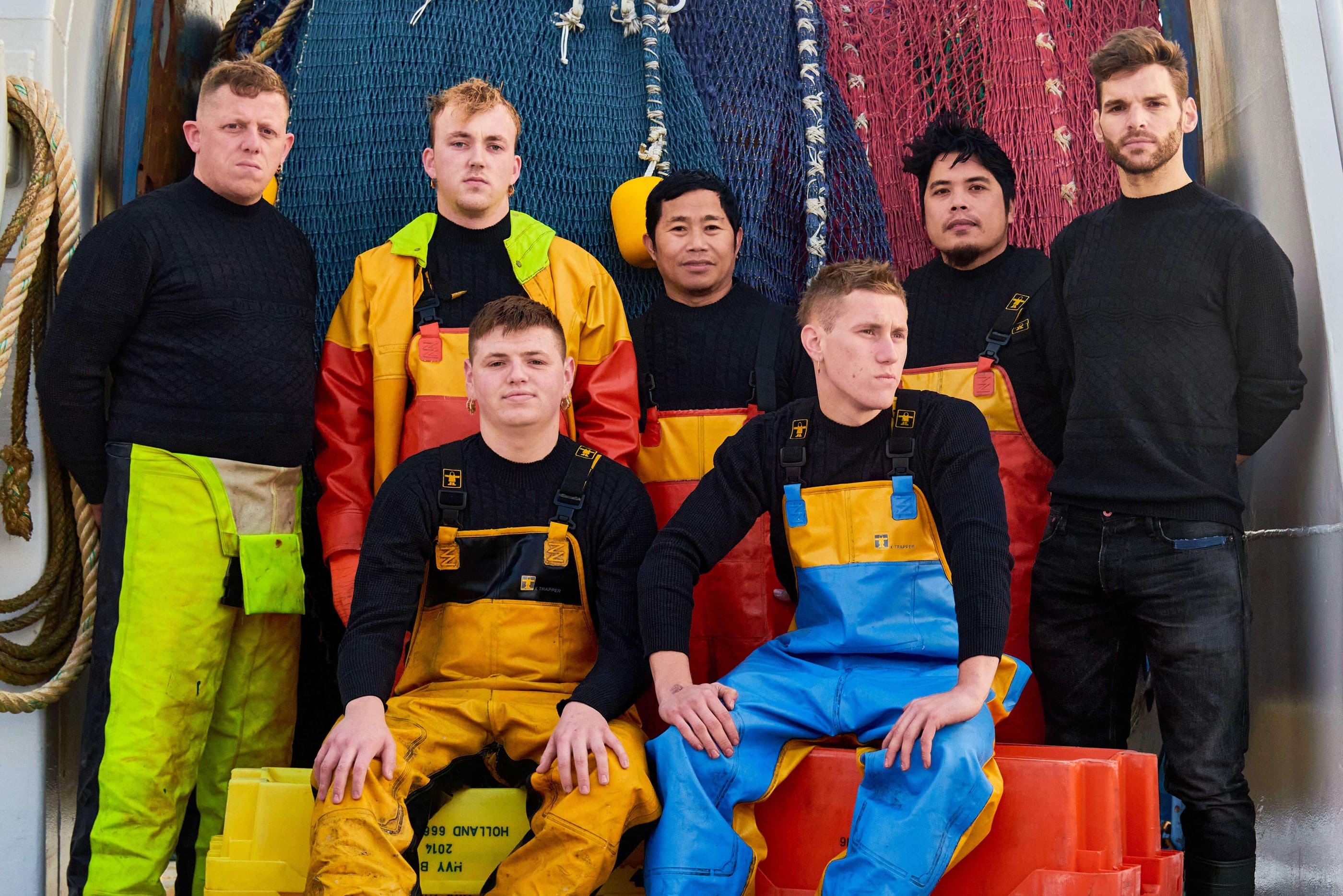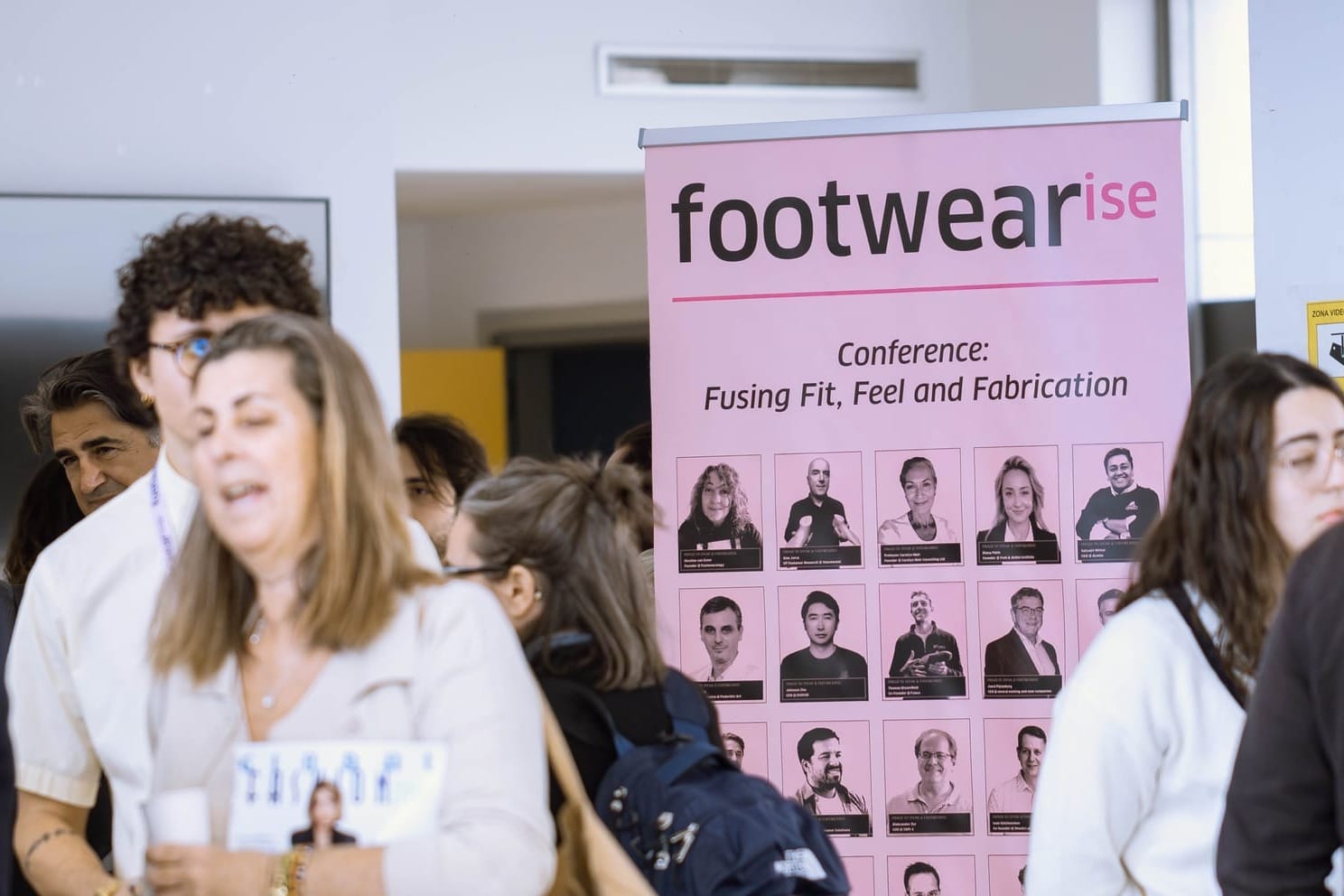How two educators are weaving fashion’s digital–material future
Fashion is evolving, not just in what we wear, but in how we make, measure, and understand it. In this special feature, we spotlight two pioneering educators from AMFI and the Amsterdam University of Applied Sciences (AUAS) whose work is redefining fashion at its core, from the fibres of digital verification to the feedback loops of product-service systems.
This shift isn’t confined to the classroom; it’s unfolding in labs, living systems, and research ecosystems shaped by the faculty themselves.
Sandra Kuijpers is building bridges between the physical and the digital, laying the groundwork for trustworthy textile simulation through rigorous measurement and material literacy. Troy Nachtigall, meanwhile, is designing fashion’s new operating system, one where code becomes cloth, garments carry memory, and circular ecosystems take root through real-world experimentation.
Together, they represent two ends of a shared spectrum: one grounded in tactile precision, the other reaching toward systems-level reinvention. But both are united by a common goal: to make fashion smarter, slower, more sustainable, and more responsive to the world it’s part of.
Building Trust in the Digital Thread: Fabric, Fidelity & the Future of Textile Simulation
Sandra Kuijpers doesn’t believe in digitising for the sake of it. For her, the future of fashion’s digital transformation hinges on something much more fundamental: trust.
''The better the digital corresponds with the physical, the more we trust it. That’s where visual tactile fidelity comes in – and why it’s not enough for something to just look realistic on screen.''
A long-time faculty member at AMFI and researcher at the AUAS, Sandra’s work sits at the intersection of textile science, design research, and digital garment simulation. Her PhD began with a deceptively simple premise: could a fabric’s visual appearance be reliably linked to its physical properties using data science?
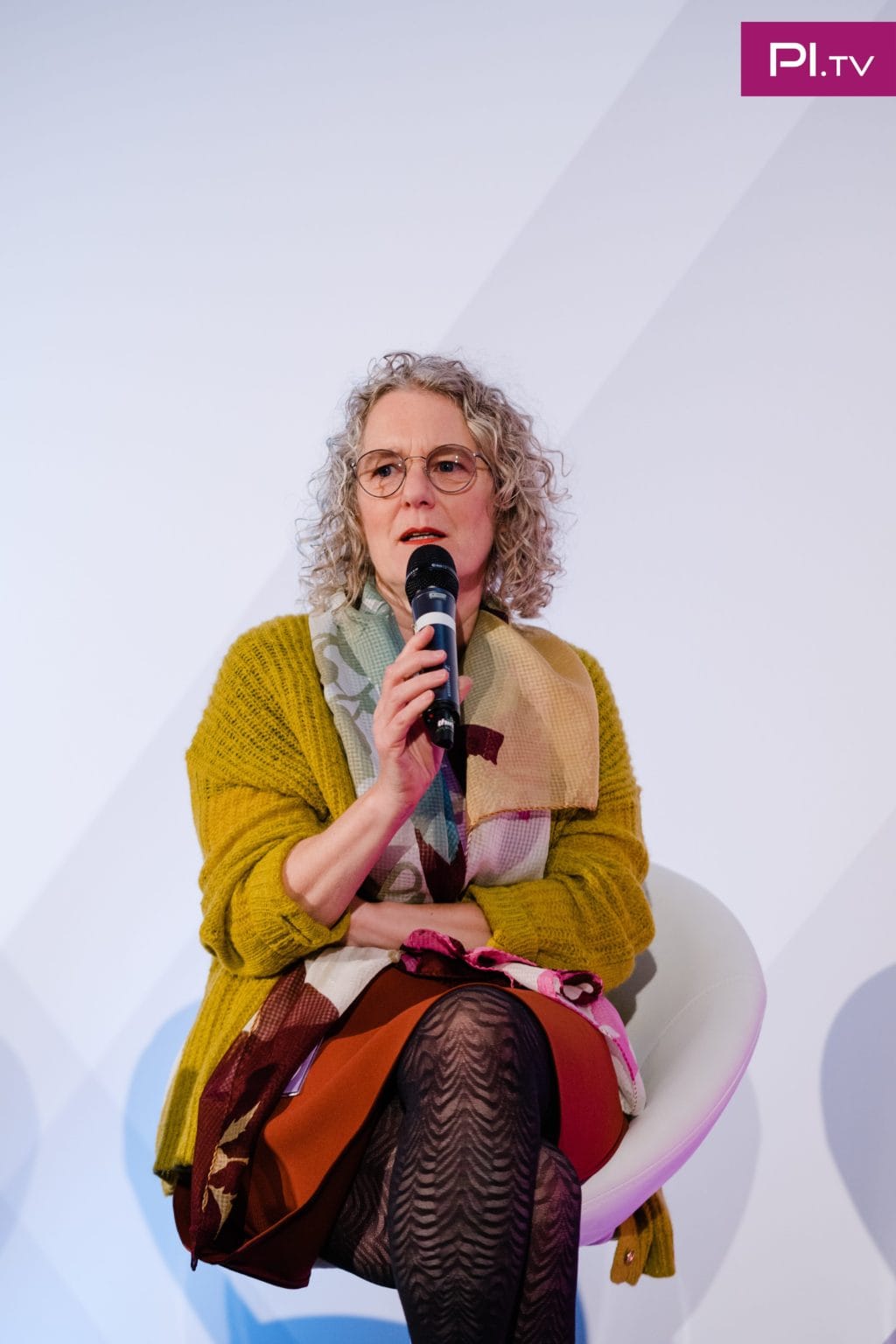
It quickly became clear that technical obstacles weren’t the only challenge; structural fragmentation was a far bigger barrier.
''There are too many ill-assorted datasets, too much vendor lock-in, and no unified way of testing fabric properties across the industry. We need consistent, platform-independent standards. Without them, it’s impossible to scale digital material pipelines or verify accuracy in 3D simulation.''
So Sandra began working not just on data models, but tools. In collaboration with AUAS’ Applied AI department, she helped develop a verification system for matching digital fabric behaviour to real-world performance. “Verification has always been the missing link,” she explains. “We’ve spent years focusing on measurement – which is vital – but if we can’t confirm accuracy, we can’t build confidence.”
Currently, her team is finalising a toolset that automates parts of this verification process, with promising results already emerging. Using ISO-aligned elongation testing, adapted to suit the needs of digital product creation, her methods are showing more accurate results than many built-in 3D software kits. For bending properties, she’s exploring improved use of cantilever standards, which offer a cost-effective alternative to complex lab setups.
But Sandra’s work isn’t confined to labs or research papers. Her deepest impact might be at the student level.
At AMFI, she’s co-developing a Physical-Digital Textile Library – a growing archive of digitised, measured materials that students can access from their very first year. Backed by funding from the Koetsier Foundation, this project merges education and research in a way that benefits both.
''We’re creating tactile toolkits to boost material literacy in the early stages. And on the other side, we’re developing verification tools and automation systems for advanced students and industry collaborators.''
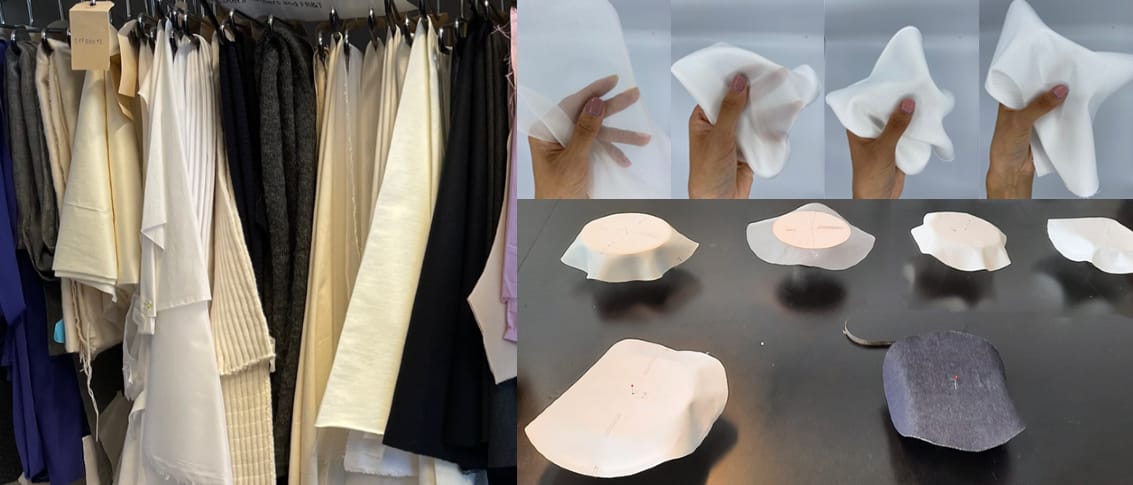
This dual-track model is essential, she notes, because 3D can be overwhelming, and often skips the nuance of material understanding.
''Students need tools that reconnect them to the physical properties of textiles. Material intuition doesn’t disappear just because we’re designing digitally…it’s even more critical.''
For Sandra, these educational interventions are part of a bigger mission: to rebuild the bridge between tactile knowledge and digital fluency, especially at a time when fashion is grappling with sustainability, automation, and rising complexity in global supply chains.
And industry uptake is already growing; her work with textile mills, brands, and experienced industry partners is feeding into early-stage collaborations that could lead to platform-independent standards. There’s even potential for this to evolve into digital material passports – accessible frameworks that support traceability, consistency, and better fit prediction powered by AI. Still, Sandra is measured about the road ahead.
''There are technical gaps, but often the bigger challenge is cultural. Different disciplines speak different languages. And everyone – from textile scientists to software developers – needs to be part of the conversation.''
Design research has been a key bridge in her work. With support from collaborators like Professor Troy Nachtigall (see next) and Professor Maarten van Bommel, she’s able to integrate perspectives from creative tech, material science, and applied AI. “These collaborations make the research not just possible, but impactful,” she says. “And the student input is just as valuable – they challenge, inspire, and shape the direction of what we’re building.”
It’s that blend of rigour and openness that defines Sandra’s work. She’s not chasing shiny new tools, but focused on building systems and standards that make digital useful: for students, for brands, and for the long-term health of the fashion ecosystem.
We accept imperfections in physical garments – why not in digital ones? The answer isn’t better tech alone. It’s deeper understanding.
Connect with Sandra here.
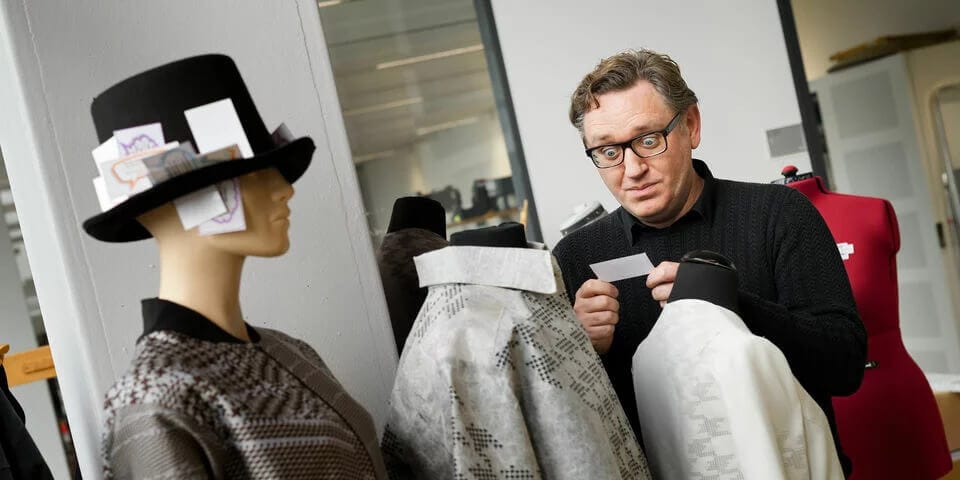
Designing Fashion’s New Operating System: Data, Craft & Regenerative Systems
Troy Nachtigall is not your typical fashion professor; his career has spanned NYC server rooms and Italian catwalks, Dutch Fab Labs and European policy boards. And yet, at the centre of it all is a single, persistent belief: that fashion is a complex adaptive system, one where material, data, body, and culture constantly shape and reshape one another.
Currently serving as Chair of Fashion Research & Technology at the AUAS and Assistant Professor at TU Eindhoven, Troy leads interdisciplinary projects that sit between wearable technology, regenerative design, and circular ecosystems. His work is deeply applied, yet deeply conceptual – concerned not just with what fashion is, but how it could work in a different kind of future.
That future, in his view, begins with rethinking textiles. Where traditional design often prioritises surface or form, Troy’s research treats garments as dynamic infrastructures that are responsive, relational, and situated.
''Textile thinking isn’t just about fabric. It’s about systems. About how things come together, how they change, and how they behave over time.''
This philosophy plays out in projects like Bumping Elbows, where reactive textiles subtly respond to social gestures like proximity or touch. Rather than chasing flashy wearables, the project asked: what if clothing could simply listen? The result was a gentle critique of fashion’s visual broadcasting, and a vision for garments as participatory, embodied systems of meaning.
His interest in system intelligence doesn’t end with sensors. In his PhD at TU Eindhoven, Troy developed a platform for ultra-personalised 3D-printed footwear that could deform over time and offer feedback through wear patterns, captured via the user’s own smartphone.
''Data is the missing infrastructure. Not just big data, but meaningful data. Data that helps us build the next version better.''
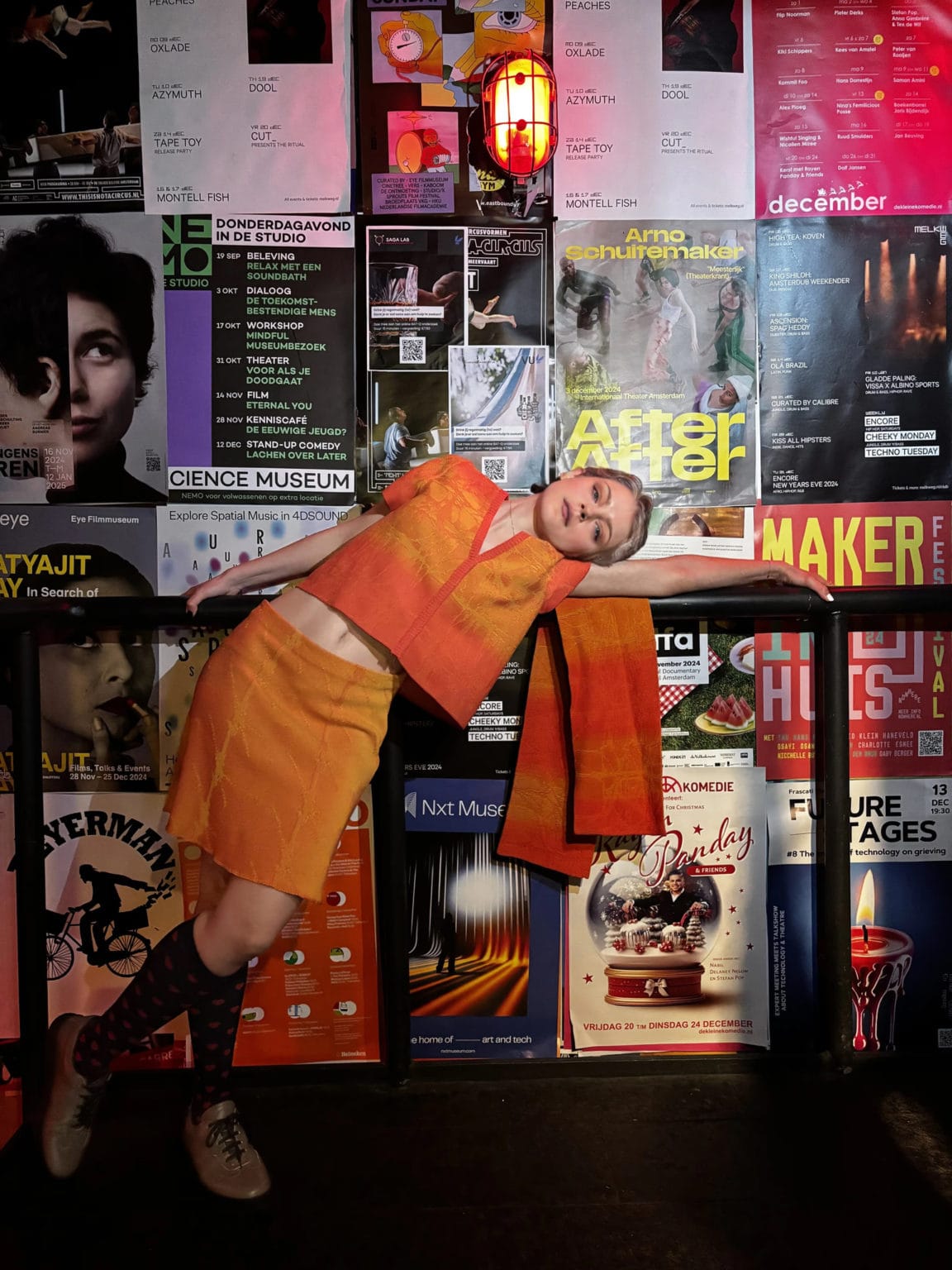
That idea – that design is a feedback system – powers much of Troy’s recent work, including Knit+, a co-design and additive manufacturing platform for creating interactive, made-to-rent garments. Produced in Amsterdam’s Robot Knitlab and distributed through the Transforming Ownership Lab Store, these garments are not sold but circulated, embedding data, local production, and new models of value into their very threads.
But nowhere is his systems thinking more vivid than in Keeping it Local, a project that reimagines the Dutch fishermen’s sweater through a regenerative, place-based lens. Developed in partnership with Saxion and local communities, each sweater is co-designed with wearers, 3D-knitted locally, and embedded with a QR code that tracks lifecycle data. After wear, it’s returned for recycling or composting; a closed loop of co-creation, use, and renewal. “It’s not just a lab,” Troy says. “It’s a working system.”
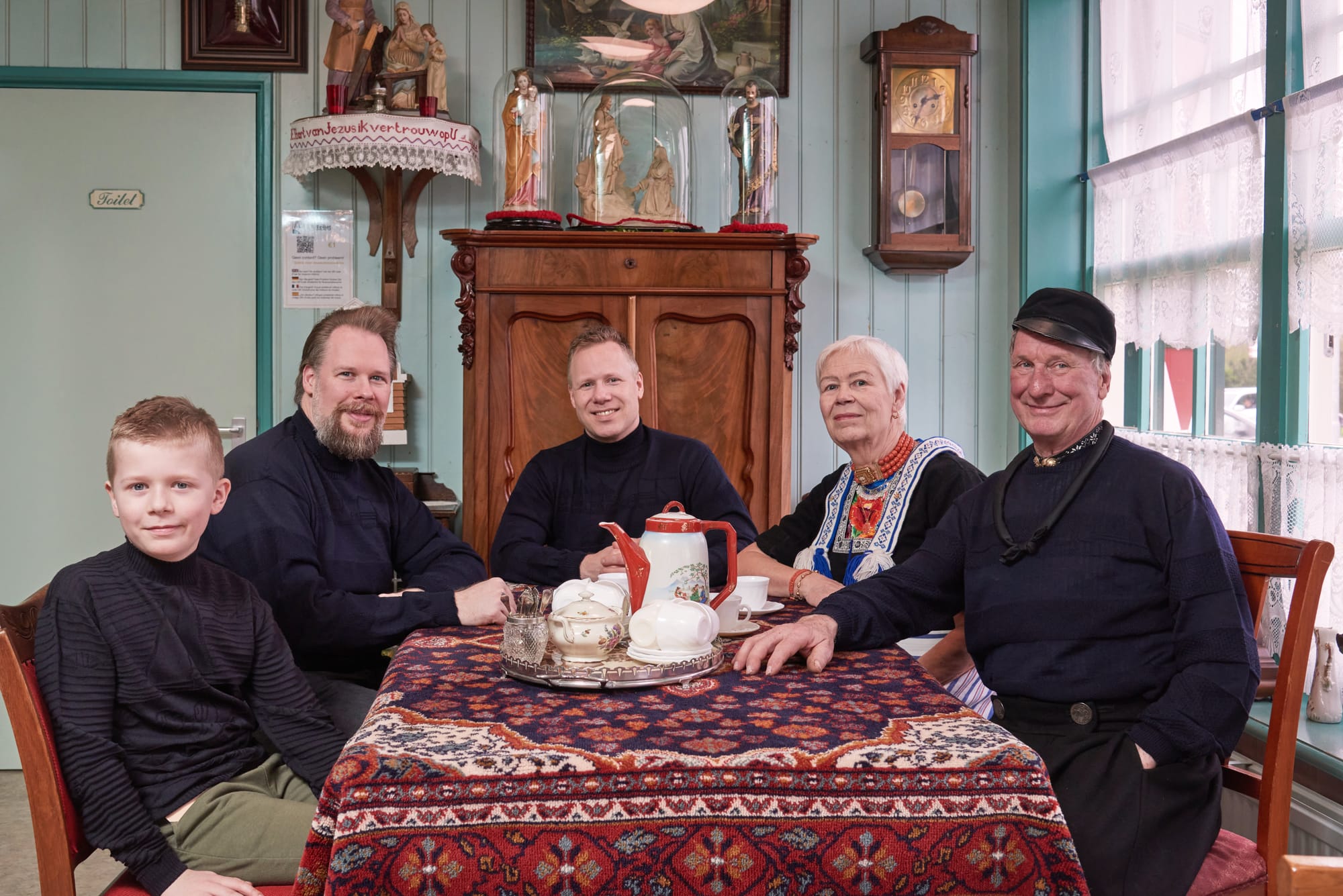
As a professor and researcher, Troy operates fluidly across what he calls the “Quintuple Helix” – aligning academia, industry, government, civil society, and the environment in shared innovation ecosystems. Through initiatives like NewTexEco, he’s helping prepare the Dutch textile sector for incoming regulation such as the Digital Product Passport (DPP) and Ecodesign for Sustainable Products Regulation (ESPR), while developing micro-credentials and curricula for cross-border implementation.
''Research should be anticipatory. It should test what circularity could look like before the regulation demands it. It should connect pedagogy to policy to practice.''
This ecosystem approach also shapes how he teaches. In his classrooms and labs, students work with conductive knits, adaptive seams, and speculative design prompts. They’re encouraged to read materials for behaviour, not just aesthetics, and to speak across disciplines, learning how to translate between design, tech, and social impact. “It’s not about fixed methods,” he says. “It’s about cultivating responsiveness.”
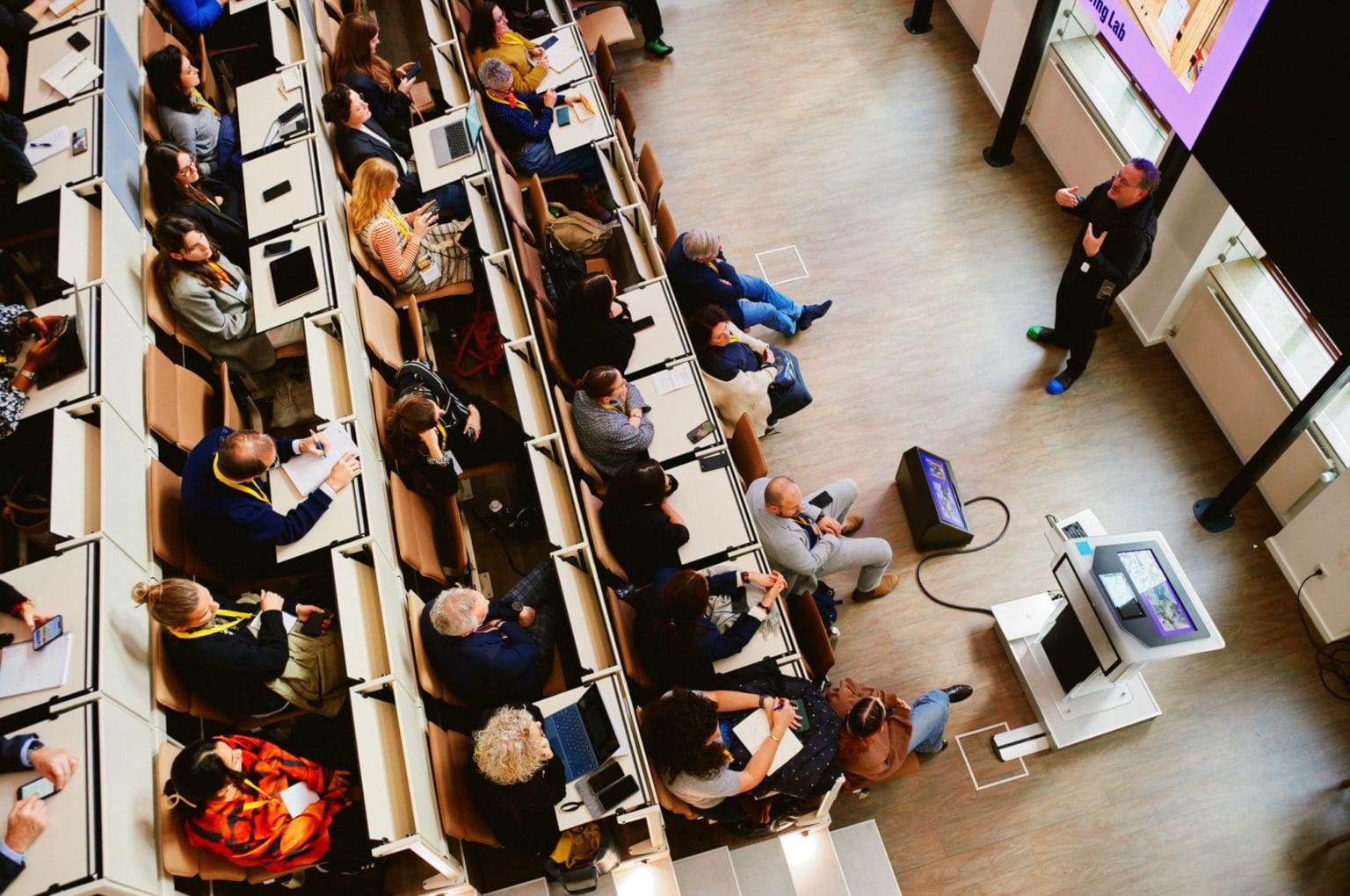
Across all of this work, computation is not treated as a layer, but part of the material itself.
''The shift becomes tangible when code becomes cloth. When memory, adaptability, and intelligence are embedded in the garment – not just simulated on a screen.''
As both a strategist and a systems thinker, Troy resists one-size-fits-all answers. Whether engaging luxury brands, local knitters, or EU regulators, his approach is to translate, not unify. “Each context has different values and temporalities,” he explains. “We scaffold ecosystems so each voice can contribute without collapsing into sameness.”
Ultimately, Troy Nachtigall isn’t just digitising fashion; he’s helping rewrite its operating system. One where craft and computation converge, where data is a design material, and where clothing participates in our lives not just as expression, but as infrastructure.
Connect with Troy here.
Looking Ahead
As fashion grapples with questions of circularity, digital transformation, and systemic change, Sandra and Troy remind us that progress isn’t just technological – it’s relational. It lives in the connections between material and meaning, student and system, fibre and feedback.
Their work opens up new ways of thinking about what fashion is, how it behaves, and what it could become. And it’s just a glimpse of the research ecosystem quietly shaping the next era from within the classroom, the lab, and the field.
If you’re working on something that pushes fashion forward – from textiles to tooling, pedagogy to policy – we’d love to hear from you.
Let’s keep the conversation (and collaboration) going!
Editor’s Note: ‘Fashion Futures: Class in Session’ is a Seamless series that dives into the schools, students, and educators reshaping the industry from the ground up. By exploring pioneering programmes, breakthrough research, and the bold ideas of tomorrow’s talent, we uncover how fashion education is evolving to meet the challenges and opportunities of a radically changing world.

